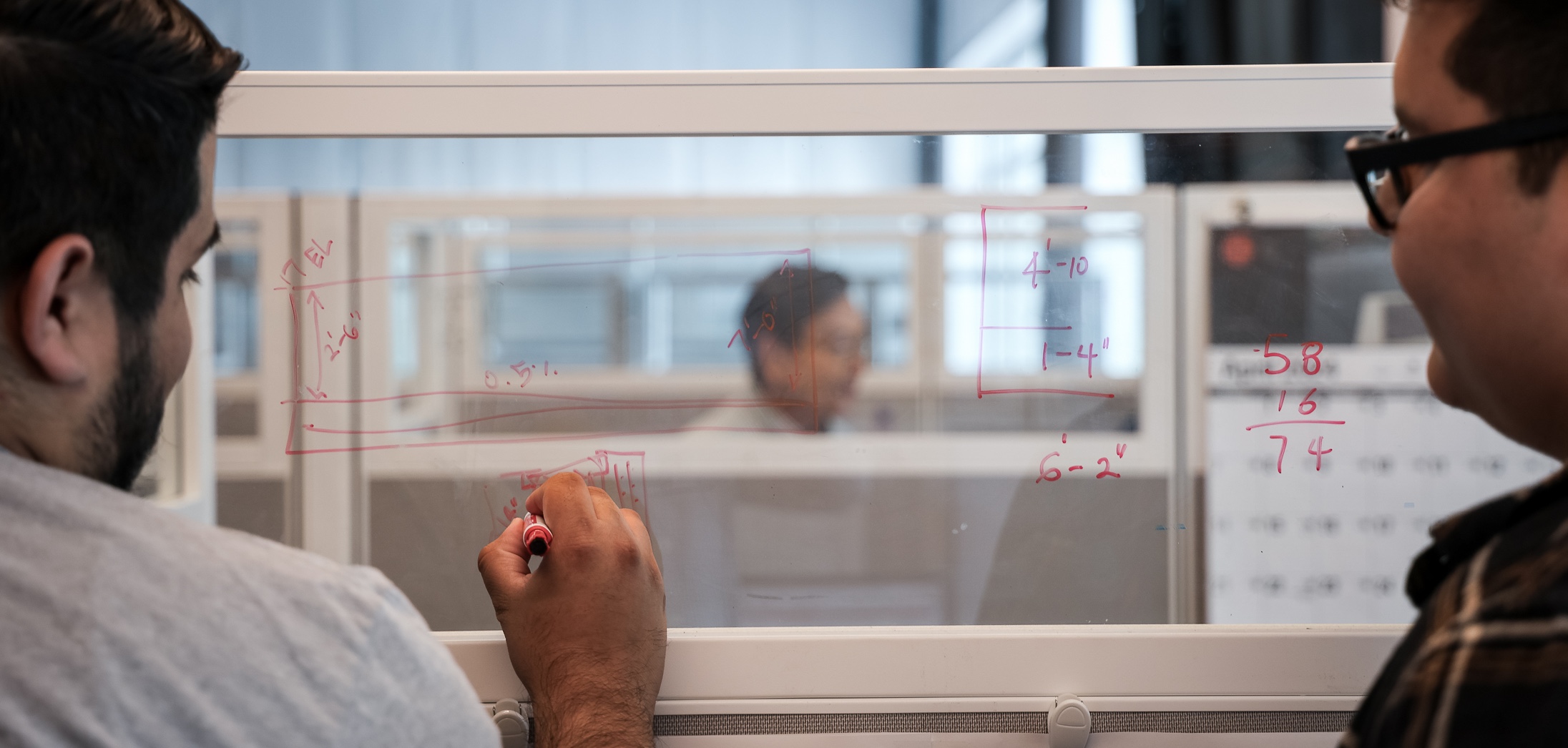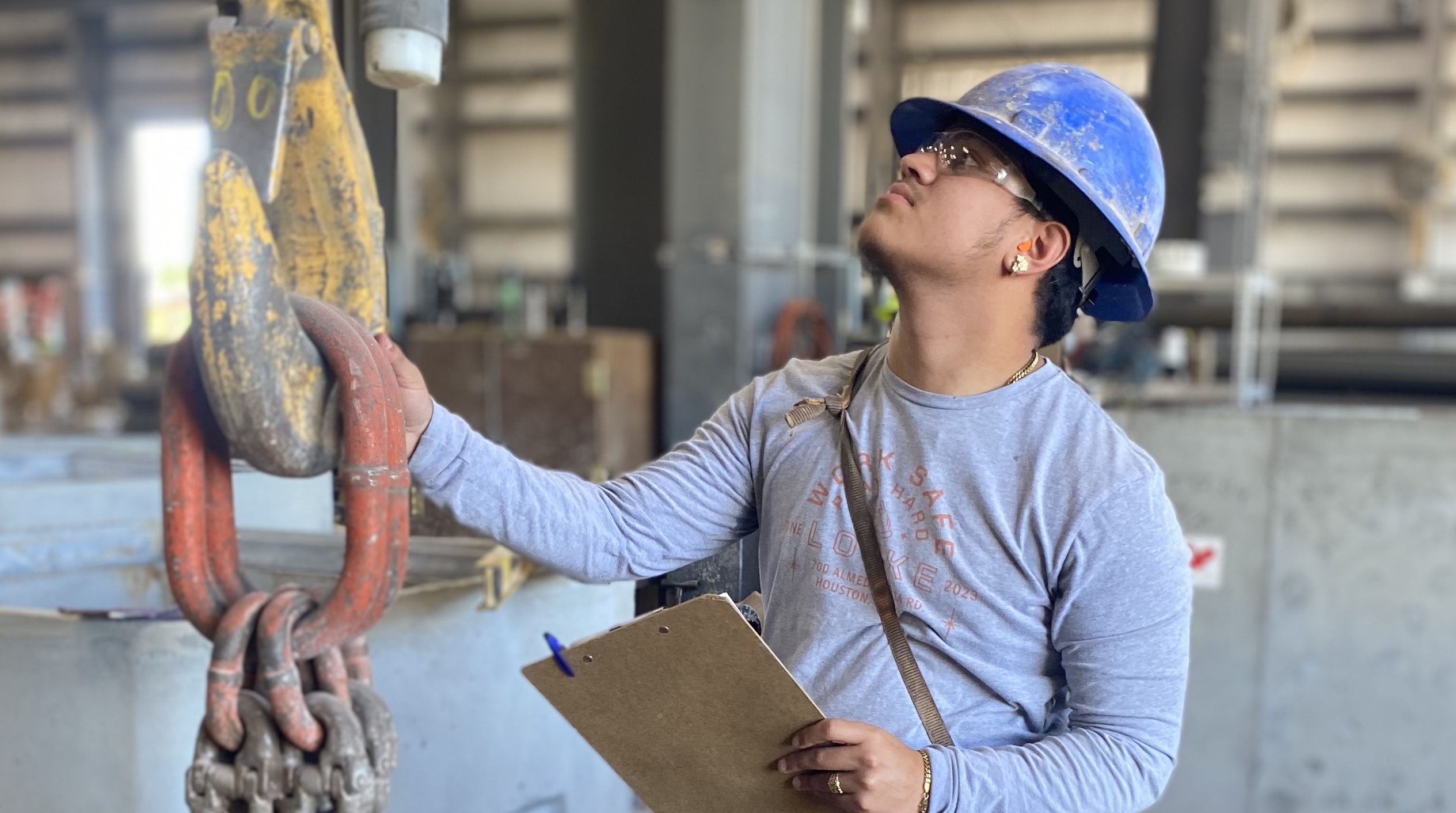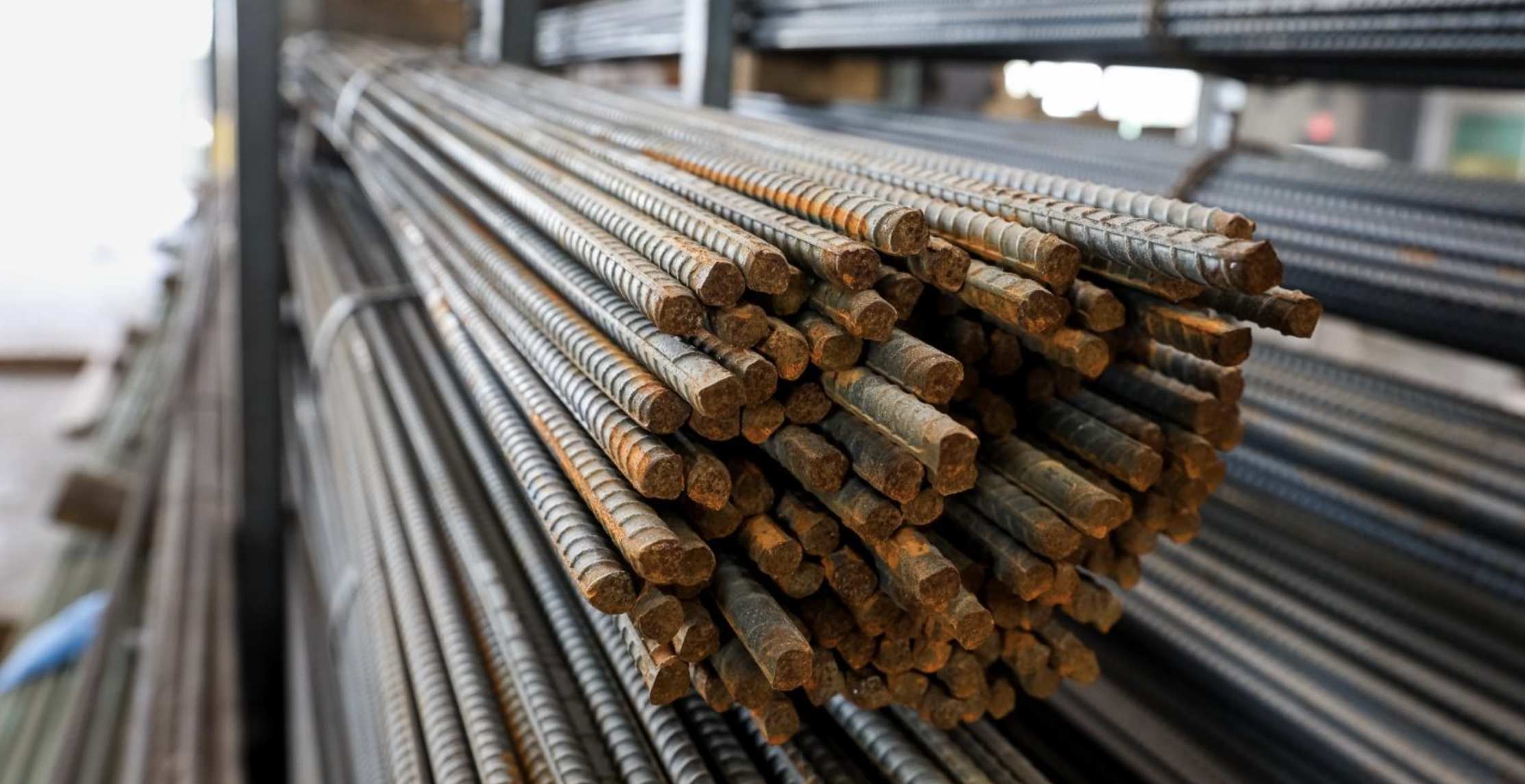Leading Precast
Contact Sales
When it comes to constructing a building, one of the most critical elements is the foundation. Among the various types of foundations, spread footings play a pivotal role in distributing the weight of the structure and ensuring its stability.
Spread footings, also known as isolated footings, are a type of foundation commonly used to support individual columns or isolated loads. They work by distributing the structural loads over a larger area of soil, reducing the pressure on the underlying ground and preventing settlement or tilting.
The primary purpose of spread footing is to transfer the load from the structure to the soil below. They achieve this by increasing the area over which the load is distributed, thereby decreasing the pressure exerted on the ground. Spread footings come in various shapes, depending on the configuration and load requirements of the structure. At Locke, our most common type of spread footer is square with square columns. However, round or rectangular spread footers can be provided by request.
The components that make up spread footings are the slab, the flat, horizontal piece that extends beyond the column’s base and serves as a load-distributing element, the pedestal, the vertical portion of the footing that extends upwards from the slab and provides additional support to the column, and the base, the lowest part of the footing that comes into contact with the soil and spreads the load over a larger area.
Other types of spread footings include:
- Combined Footing: This is a type of foundation used to support two or more adjacent columns or loads that are so close together that individual footings would overlap or nearly touch. It provides a single, continuous base for these columns to distribute their loads effectively

- Raft Foundation: This is a large slab that supports several columns and walls under the entire structure. If several columns overlap each other, then a single footing for all columns is provided. These foundations are particularly suitable for buildings or structures with heavy loads and compact foundations.

- Strap Footing: This footing is used when the external and internal columns have significantly different loads. It is two slabs connected by a strap beam, distributing the load effectively.

Image sourced from Wikipedia.com
The dimensions of spread footings depend on factors such as the type of soil, the weight of the structure, and local building codes. The depth is determined by the depth of stable soil or bedrock, while the width is calculated based on the load-bearing capacity of the soil. Our standard spread footings typically measure 4’x4’x1’-6” up to 8’x8’x1’-6” thick with columns measuring 24”x24”x4’ up to 8’ tall.
The most common material for spread footings is concrete. Our precast mix provides the necessary strength and durability to support the weight of the structure, and rebar is used within the concrete to provide additional strength. This is particularly important in areas with high loads or where the soil conditions may not be stable.
Overall, spread footings are a crucial component of any structure’s foundation system. Their proper design and construction are essential for ensuring the stability, safety, and longevity of a structure. With the right engineering and expertise and careful consideration of soil conditions, spread footings pave the way for solid and secure structures that stand the test of time.
Note: Any cast-in-place structures shown can be converted into precast products. Please don’t hesitate to contact our team with any questions you may have.












